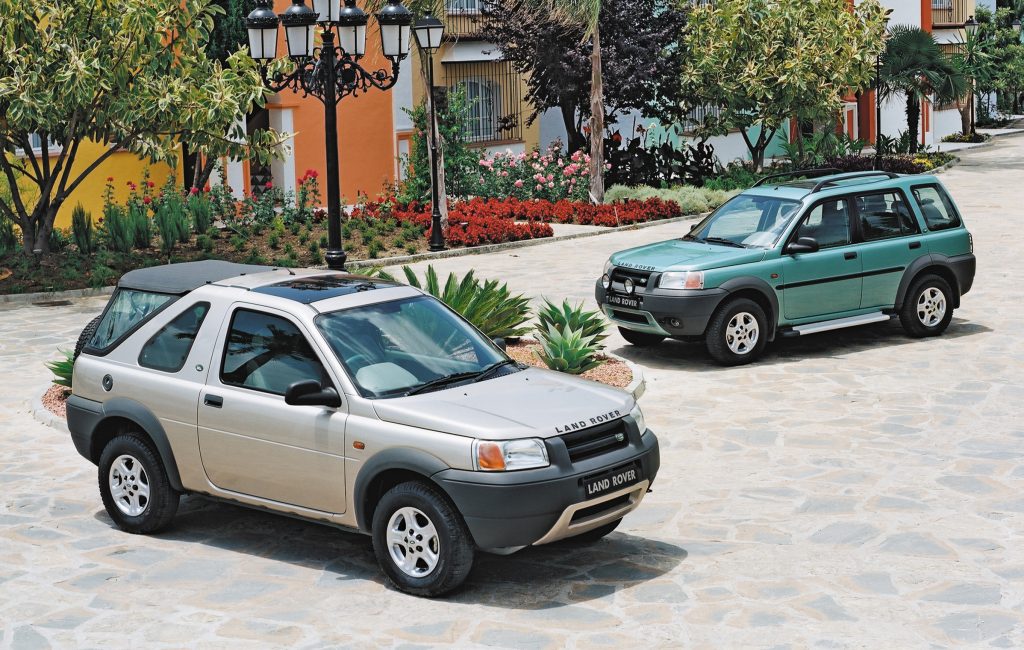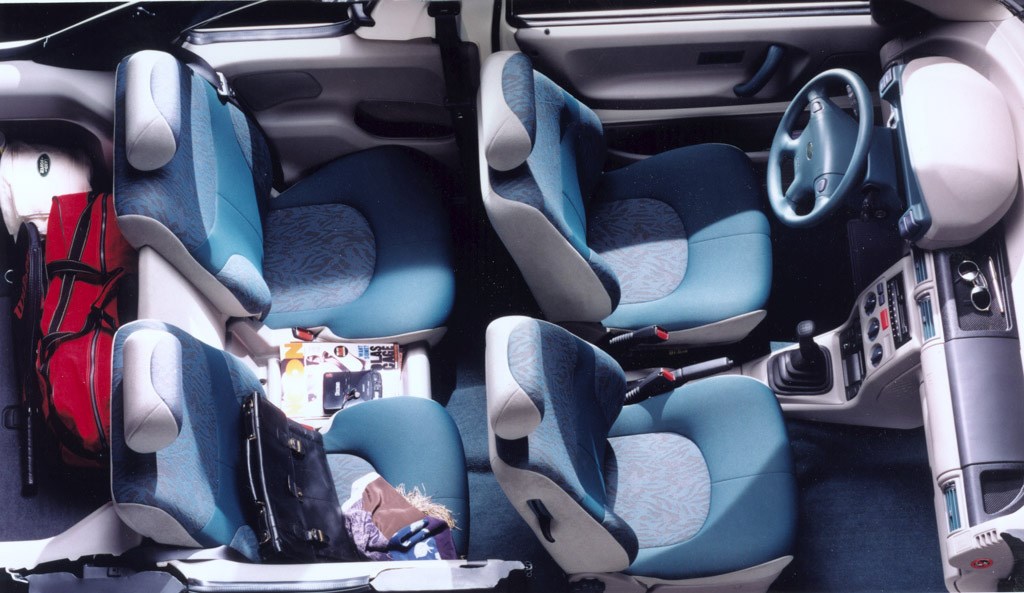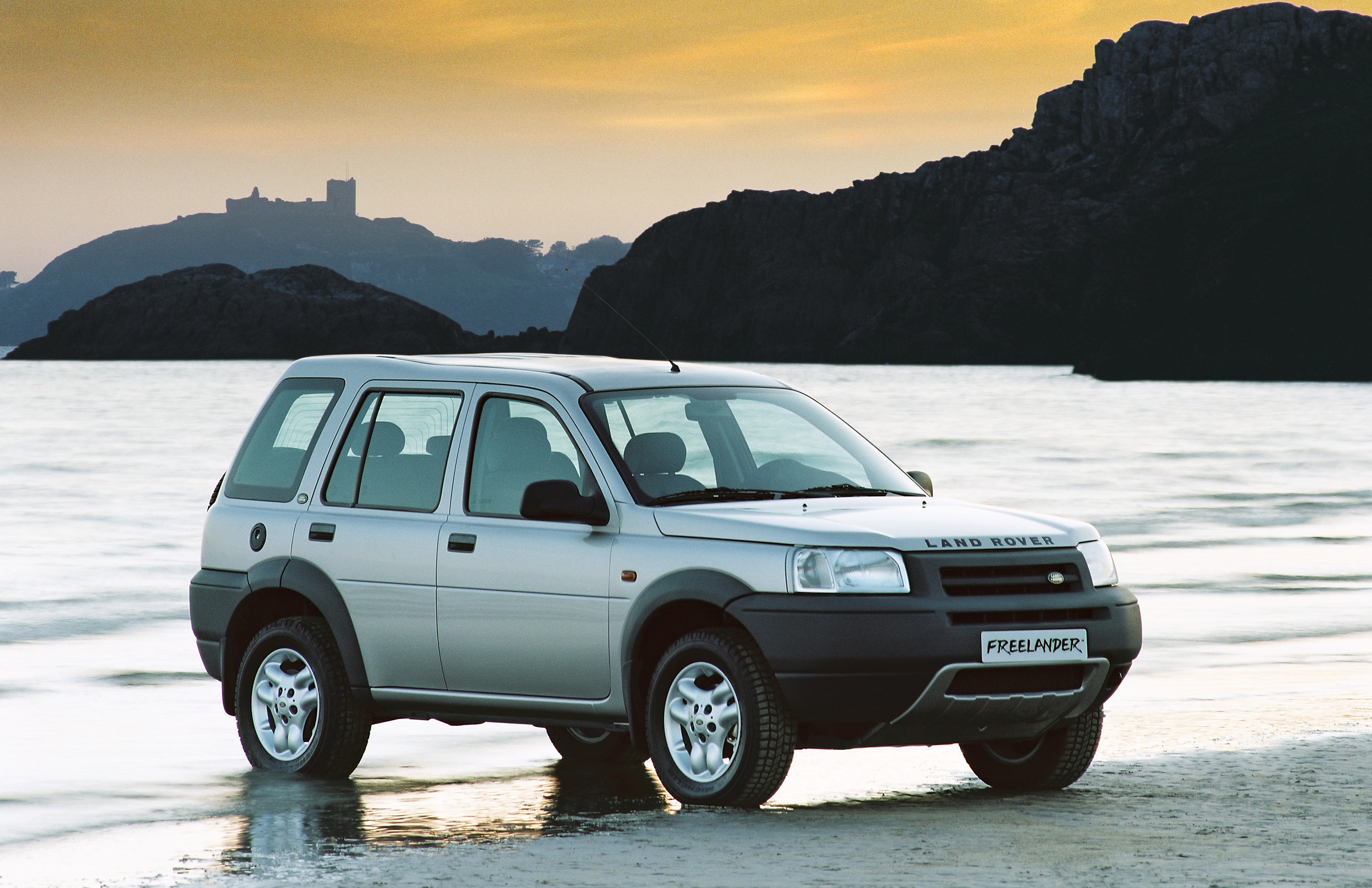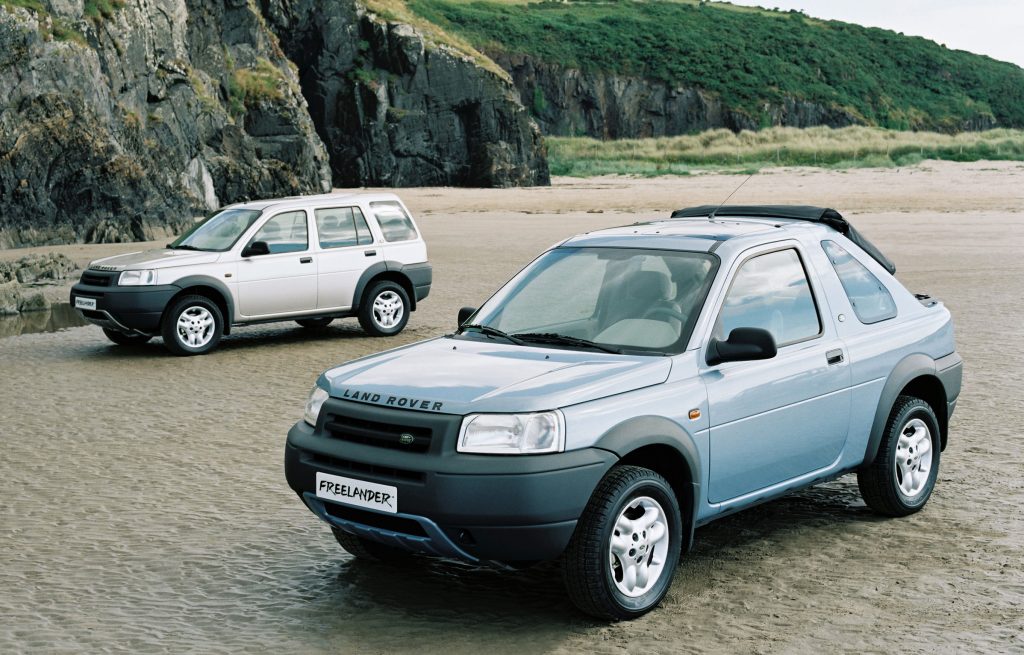The most significant car in Land Rover’s history is a serious topic of debate. For some, it will always be the Defender line that stretches right back to the founding of the company in 1948, while others will argue the 1970 Range Rover laid the foundations for the current business and the entire modern SUV genre. You could also state a strong case for the Discovery in its various generations, but what about the Freelander that appeared in 1997?
The arguments against the Freelander are all too easy to trot out: it’s not a proper off-roader; it’s more of a lifestyle SUV; it suffered from reliability woes. All true, but then look at what it did for Land Rover then and now. The original Freelander took the British firm into entirely new territory – technically as well as in terms of customer base, as it was the first monocoque Land Rover – and up against rivals it would never otherwise encounter.

Honda and Toyota were enjoying booming sales with their respective CR-V and RAV4 models, and even Vauxhall had got in on the act in 1991 with its Frontera. Indeed it’s reported that Honda, which had held a 20 per cent stake in the Rover Group prior to its sale to BMW, was privy to the plan to create Freelander six years before it reached production, and even received all the body data for the still-secret car after it was mistakenly shared by a Land Rover employee, allowing the Japanese car maker to steal a lead on its old partner and bring the CR-V to market a year ahead of the Freelander.
Development started in 1988 as the new Discovery was being signed off and more funds could be allocated to another model line. Codenamed Pathfinder, but later more colloquially known as CB40 for Canley Building 40 where the idea was initially thrashed out, the Freelander was in an advanced state of design when BMW took over ownership in 1994. The idea chimed with BMW management as the Freelander would create an entry point to the Land Rover range and tempt in new, younger buyers just as its own 3-Series did.

Early test mules used an O-Series engine from the defunct Maestro and these cars even very effectively used a Maestro van body to disguise what was coming. Gerry McGovern, the man behind the latest Range Rovers, came up with the looks of the finished Freelander, which had just enough off-road attitude to warrant the Land Rover badge. And for those worried the Freelander wouldn’t cut it in the rough, the new car had several tricks up its wheelarches.
For starters, the Freelander was the first Land Rover to use unitary body construction. No heavy separate chassis here, and the lighter weight helped the Freelander deal with muddy terrain well. It had four-wheel drive, but there was no low-ratio transfer ‘box. Instead, Land Rover designed a gearbox with a very low first gear for off-road work and a VCU (viscous coupling unit) to shuffle power between the front and rear axles on slippery ground to maintain traction.
Then there was Hill Descent Control. Commonplace now, the Freelander had it first and it gave the driver confidence when descending slushy slopes without the need to use the brakes and risk skidding. Along with a range of transversely mounted four-cylinder petrol and diesel engines, the Freelander broke the mould.

It was offered in three-door Softback convertible and Hardback shapes, as well as the more usual five-door estate body. Large plastic bumpers and front wings made it resistant to minor injuries from hedgerows on the school run or even off-road.
The stylish interior offered good space and that all-important high-riding driving position. Along with tailgate glass that could be lowered to let Labradors get some fresh air, the Freelander made its rivals look conservative. This was reflected in sales, with the Freelander going on to dominate its sector across Europe for years to come.
In 2000, BMW endowed the Freelander with its smooth TD4 2.0-litre turbodiesel in place of the aged L-Series diesel. Performance, refinement and economy all took a significant stride forward, while the 2.5-litre KV6 petrol engine delivered spirited pace thanks to 173bhp. Even so, the 1.8-litre K-Series engine remained popular.
A facelift in 2003 gave the Freelander more of the style of the new Range Rover, then it was replaced in 2006 by an all-new, Ford-influenced Freelander. By then, 536,991 first generation Freelanders had rolled off the line and turned Land Rover into a volume car maker.


Shifting fashions and some issues with reliability hung over the original Freelander’s reputation. Yet worries about K-Series head gaskets are easily addressed with modern replacements, and rear differentials can be improved.
More of a concern when buying now is to make sure the engine wiring is undamaged by chafing that can cause fuel and ignition problems. Also make sure the K-Series’ timing belt has been changed on schedule at 72,000 miles. With the diesels, look for faulty injectors and fuel pressure regulator on the TD4 motor. Any grumbling from the transmission is most likely the viscous coupling unit failing. If the car is quiet, make sure a previous owner has not simply disconnected this and left the car with just front-wheel drive.
Beyond that, it’s just the usual checks for Rover cars of this age – namely a saggy headlining and general wear and tear. Corrosion doesn’t seem to afflict the Freelander, which makes preserving one an easier prospect.
It’s certainly worth keeping an early Freelander on the road. Find a good one and it is a superbly practical, do-it-all family 4×4 with the sort of provenance you only get with what could well be the most significant Land Rover ever.
Read more
Future Classic: Range Rover Evoque
Everrati Series IIA review: Meddling with a national treasure turns out to be no bad thing
Buying Guide: Range Rover (1994 – 2002)









Quite the worst car I have ever had, and there have been a few. Totally unreliable, constant electrical issues. And that with the BMW turbodiesel… Great design but wouldn’t go near one.
What a well written piece. I`ve had mine for about 3 1/2 years and have no wish to change. They aren`t new anymore so bits will wear out but if you buy a good one, and there are plenty out there, maintain it, they are a really great car
I swapped a 10 month old small Peugeot for a good condition 10 year old Freelander 2 HSE td4 auto. Never regretted it in the four years I have had it. Lovely car to drive and has never let me down.
Best car I have ever had. Goes anywhere. No nonsense. Compact. Td4 2005.